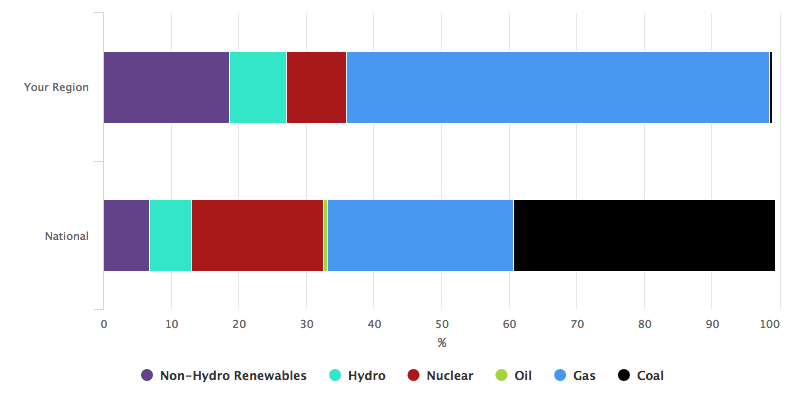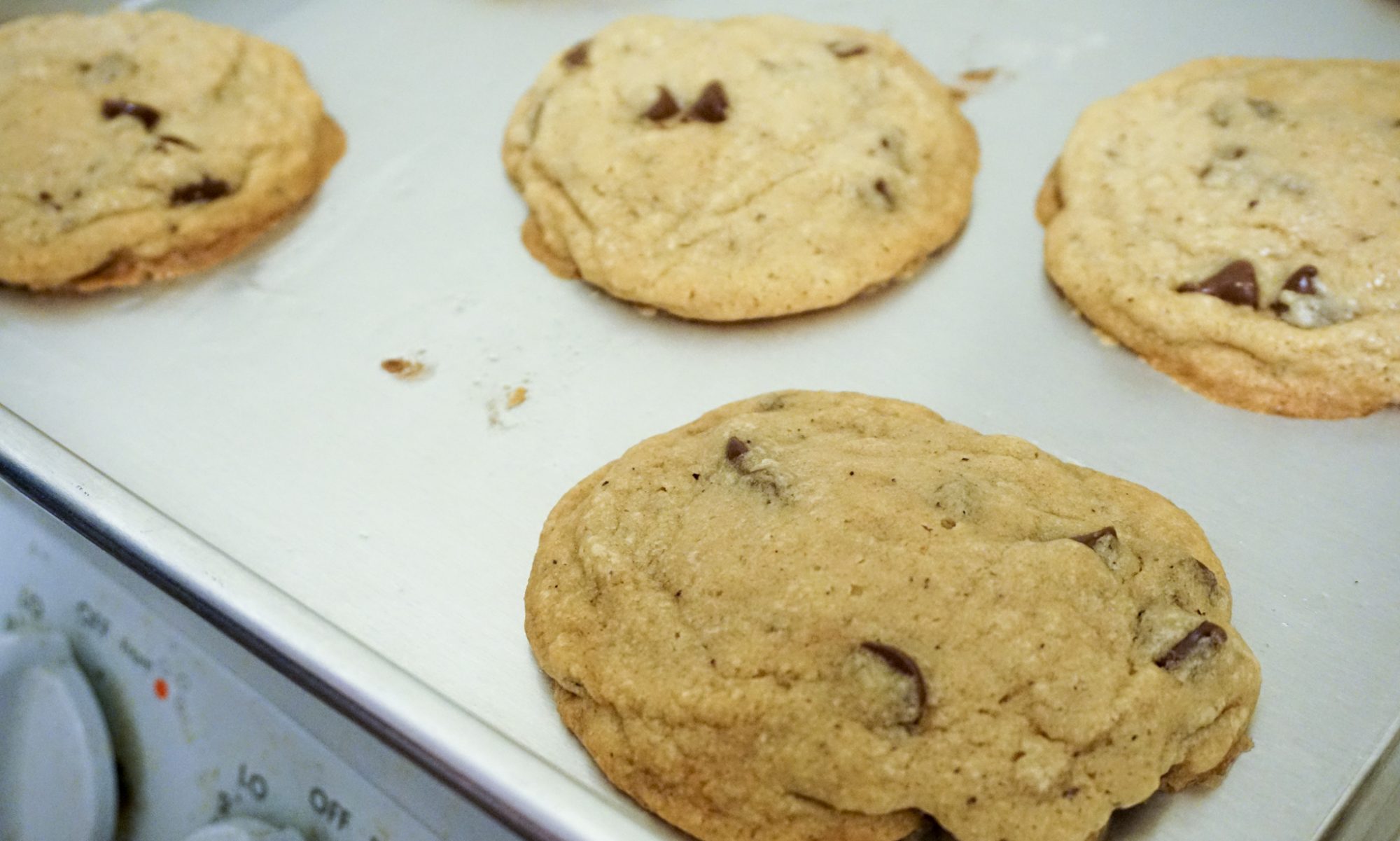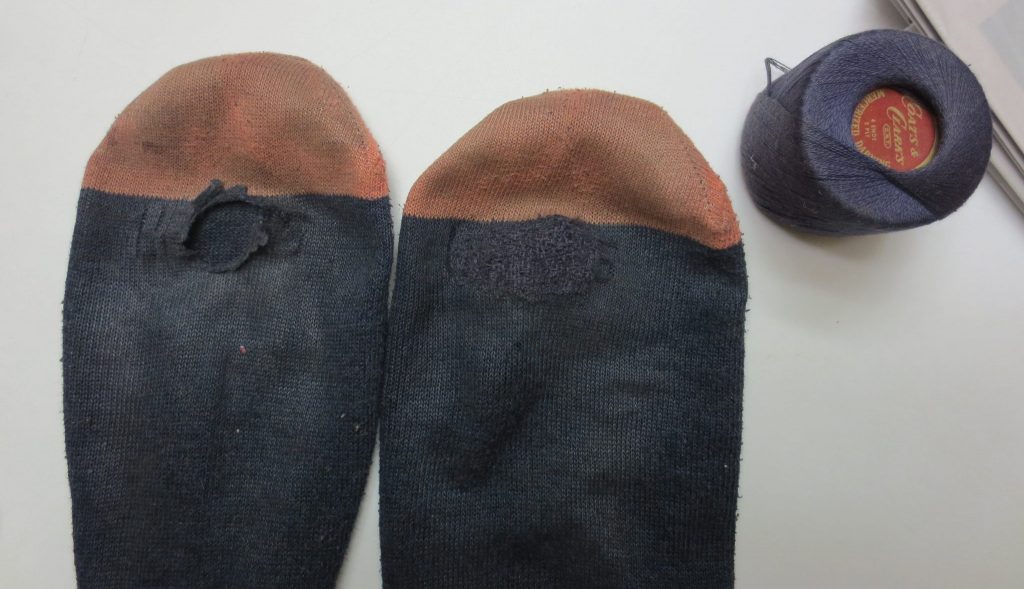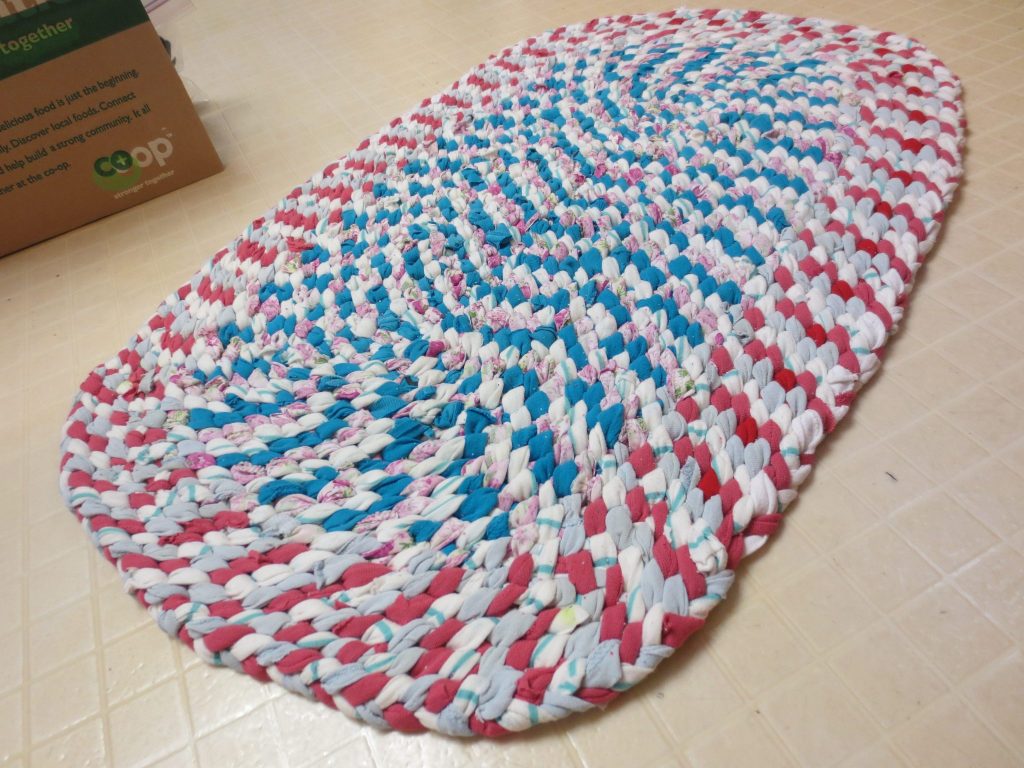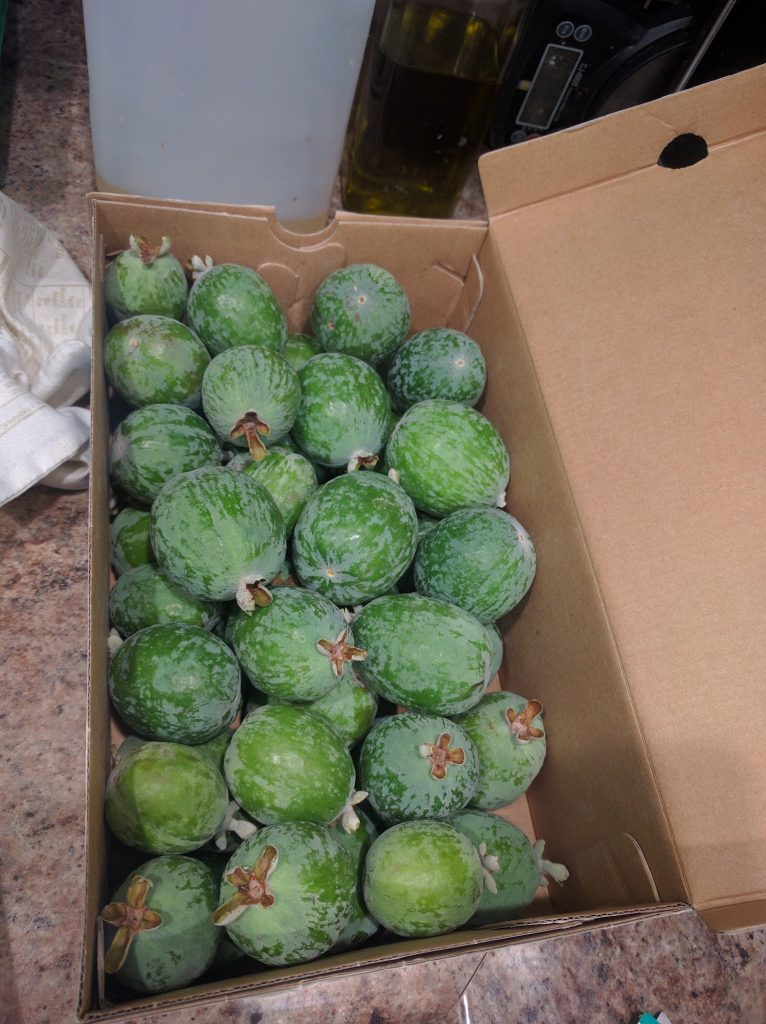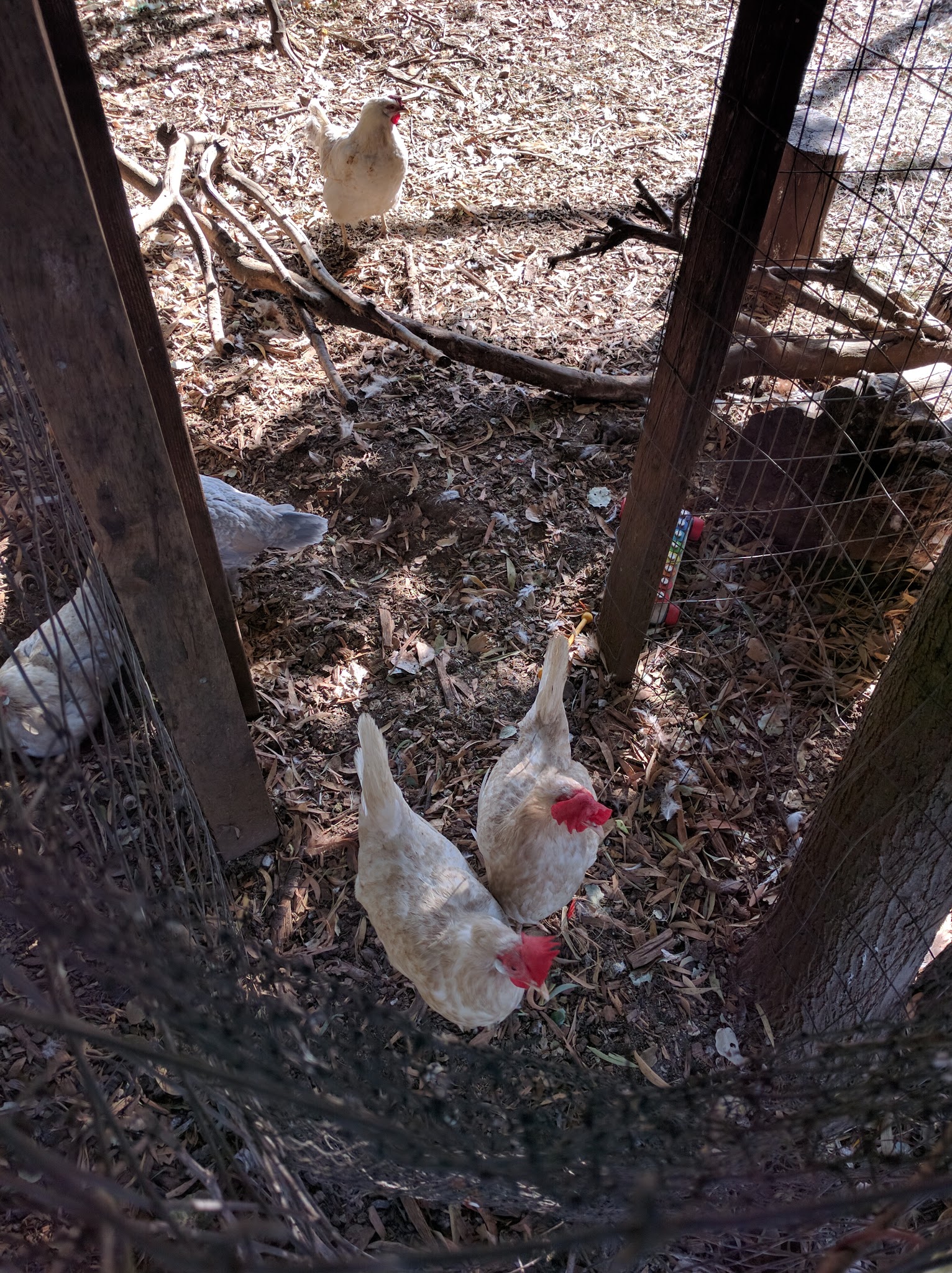My parents wanted new sheets, so, of course, I wanted them to buy the most sustainable option! So I ended up doing a ton of market research to find the best option. Here is the answer:
Native Organic
They sell sheets, bath towels, kitchen towels, and aprons. The cotton is organically grown in the US (in Texas). The fiber is milled, spun, and woven in a historical water-powered mill in Mexico (source). Their products are colored through a combination of low-impact dyes and color-grown cotton. The prices are on par with other mid-tier bed and bath products not made sustainably and not made in the US (so I hope that Native Organic makes a profit!).
My parents went with Coyuchi, not a bad choice. They are also organic and, I believe, use low-impact dyes, but their products are mostly made in India (and, surprisingly, are more expensive). The balance was swayed in Coyuchi’s favor because they have sateen sheets in white (the closest Native Organic has is “natural”).
Red Land Cotton is another good option, although I know less about it. They grow their cotton in the US (in Alabama), and make all their products in the US. Their cotton is not certified organic, but the About Us page states that they dry-farm the cotton (no irrigation!) and use sustainable practices.
On a similar note, KellyGreenOrganic and Holy Lamb Organics are cool sustainable bedding companies. They sell mattresses, pillows, sheets, blankets, other home goods, and craft materials. DIY Natural Bedding is the mecca for bedding-related craft materials. They are amazing!! Most if not all of these companies’ materials are organic and sustainably sourced, and made in the US.
Next time you need to buy bedding, support one of these amazing companies! They appreciate it 🙂
